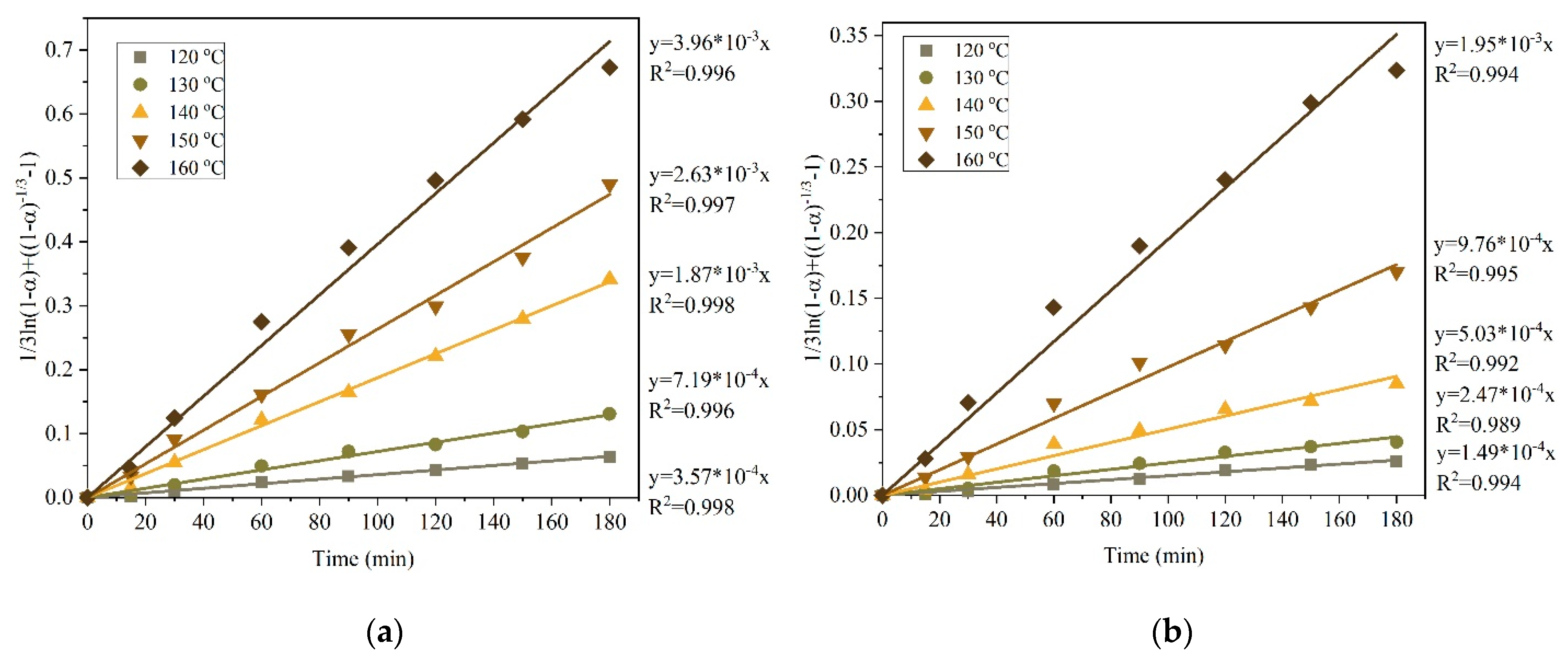

MAK: 14 mg/m 3, 20 ppm peak limitation category: I(2) pregnancy risk group: C TLV: 18 mg/m 3, 25 ppm, as TWA 27 mg/m 3 as STEL. Repeated or prolonged inhalation may cause effects on the lungs.

The effects may be delayed.Ī harmful contamination of the air can be reached very quickly on evaporation of this substance at 20☌.Įffects of long-term or repeated exposure Exposure could cause asphyxiation due to swelling in the throat. Inhalation of high concentrations of the vapour may cause laryngeal oedema, inflammation of the respiratory tract and pneumonia.
#Dilute ammonia solution hazards skin
The substance is corrosive to the eyes, skin and respiratory tract. The substance can be absorbed into the body by inhalation of its aerosol or vapour and by ingestion. This produces toxic and corrosive fumes including ammonia and nitrogen oxides. This generates fire and explosion hazard. This produces flammable/explosive gas (hydrogen - see ICSC 0001). Reacts with many heavy metals and heavy metal salts. VERY VOLATILE COLOURLESS AMMONIA SOLUTION IN WATER WITH PUNGENT ODOUR. With the financial assistance of the European Commission. Prepared by an international group of experts on behalf of ILO and WHO, Put breakable packaging into closed unbreakable container.ĭo not transport with food and feedstuffs. Provision to contain effluent from fire extinguishing. Store in an area without drain or sewer access. Wash away remainder with plenty of water. Cautiously neutralize spilled liquid with dilute acid such as dilute sulfuric acid. Do NOT let this chemical enter the environment. Įvacuate danger area! Consult an expert! Personal protection: complete protective clothing including self-contained breathing apparatus. Give one or two glasses of water to drink. Rinse with plenty of water for several minutes (remove contact lenses if easily possible). Wear face shield or eye protection in combination with breathing protection. Rinse skin with plenty of water or shower for at least 15 minutes. Use ventilation, local exhaust or breathing protection.įresh air, rest. STRICT HYGIENE! IN ALL CASES CONSULT A DOCTOR!Ĭough. In case of fire: keep drums, etc., cool by spraying with water. In case of fire in the surroundings, use appropriate extinguishing media.


 0 kommentar(er)
0 kommentar(er)
